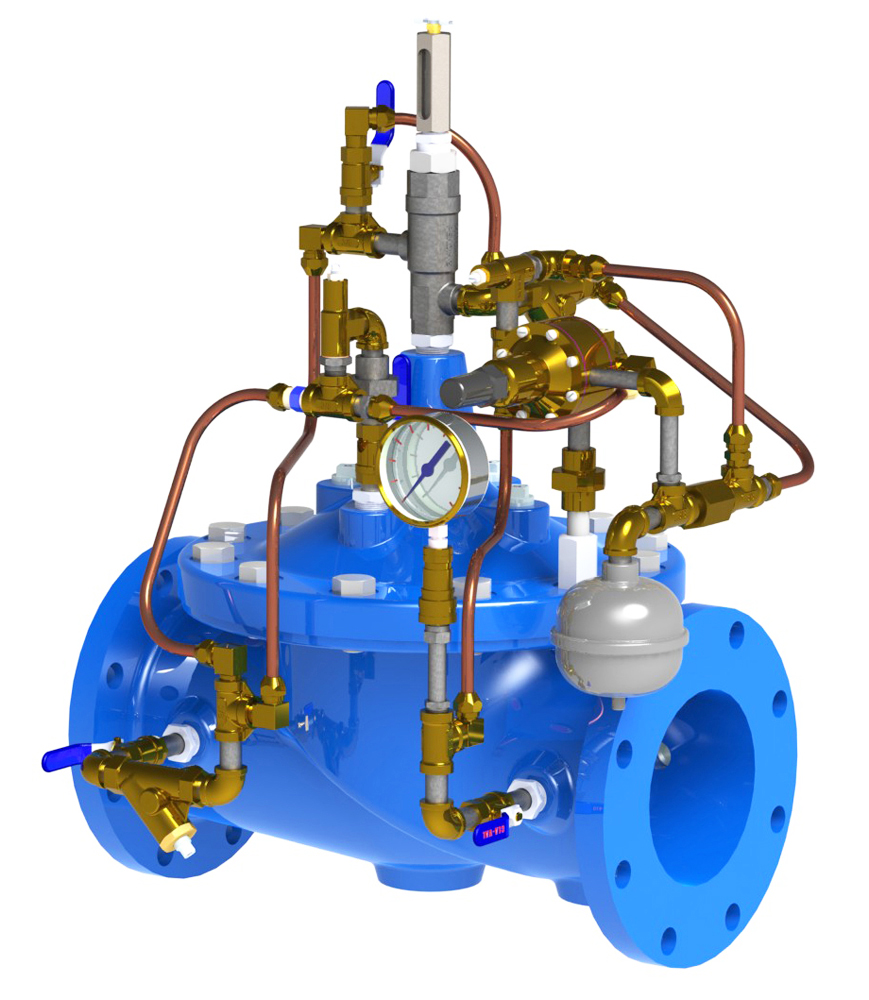Classification of Pressure Control Valve
1. Relief Valve
Relief valve is used to keep the hydraulic system stable and safe, avoiding the system overloading.
2. Pressure Reducing Valve
The function of pressure reducing valve is adjusting the oil pressure. This kind of valve is consisted of two parts: pilot valve and main valve. After entering from the oil mouth and flowing through the spool and orifices, the high pressure oil will de-pressure into low pressure oil and outflow the mouth of pressure reducing valve.
3. Sequence Valve
Due to the pressure change in hydraulic system, sequence valve can control the sequence of actuator. The structure and working principle of sequence valve is basically same with relief valve, and the only difference is that the exit of sequence valve is no longer used to connect tanks. Therefore, the internal leaking oil can not channel directly to the oil chamber with pipeline, but using a special pipeline instead.
Although pressure control valve has different functions and features because of wide varieties, the fundamental role is still focused on pressure control. After years of development and reform, China has got rapid development in all walks of life. So how to seek common progress and development for these industries matching equipments is the difficult problem for researchers and businesses.
